We may earn money or products from the companies mentioned in this post. This means if you click on the link and purchase the item, I will receive a small commission at no extra cost to you ... you're just helping re-supply our family's travel fund.
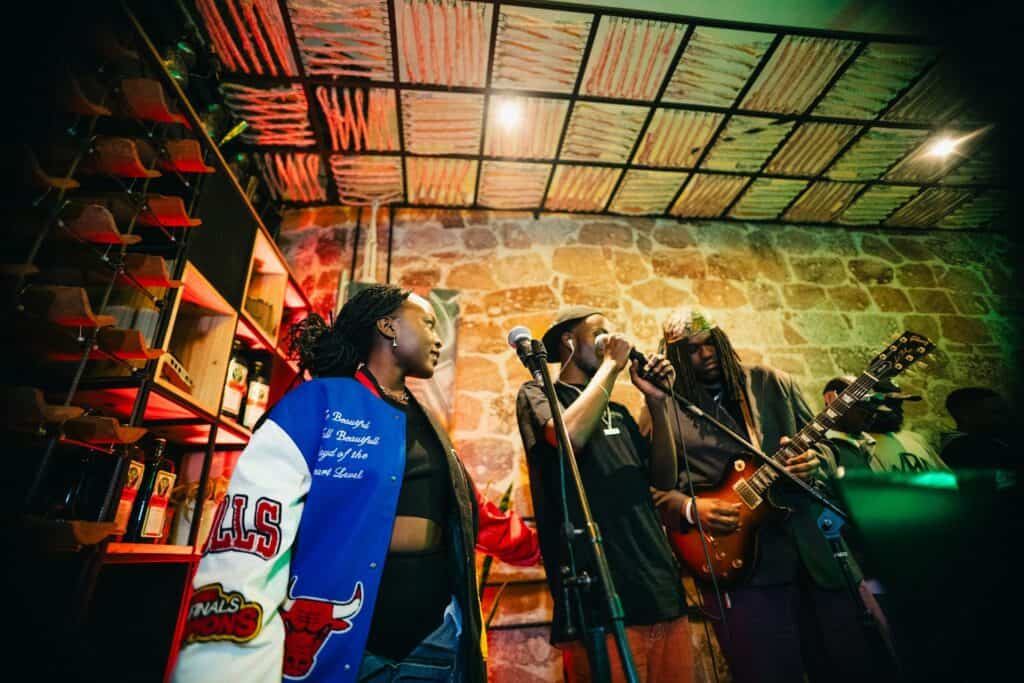
City nights earn their glow from kitchens, bandstands, and doorways where strangers arrive as guests. Across the country, Black owners and hosts keep that welcome sharp with food that tells origin stories and stages that carry neighborhoods forward. Autumn suits this circuit, with cooler air, longer sets, and menus that lean into comfort without losing craft. What this really means is simple. Culture survives where plates meet rhythm and names are learned. These rooms make the case, night after steady night.
Sylvia’s, Harlem, New York
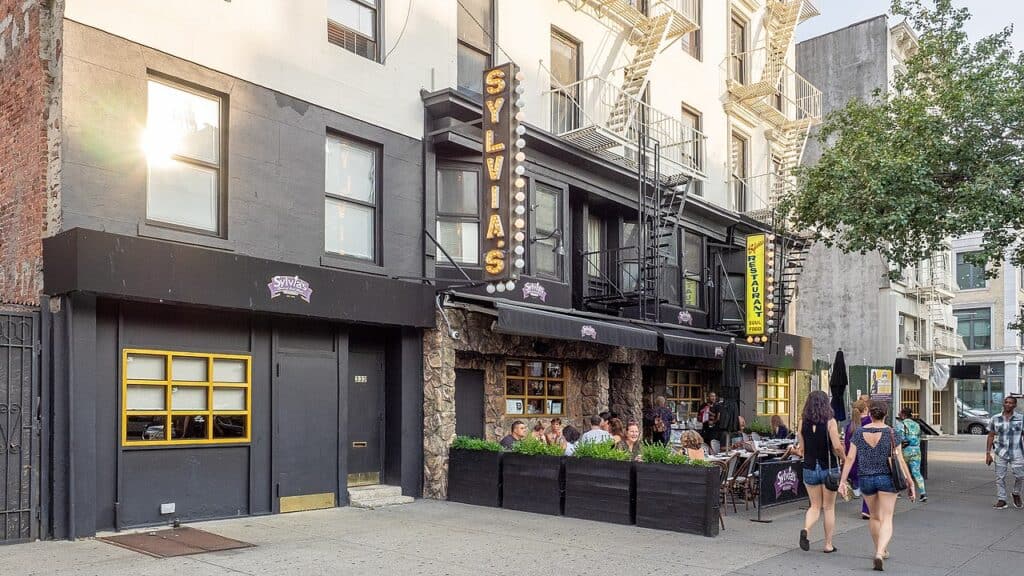
Sylvia’s anchors Lenox Avenue with plates that travel well across decades and families. Fried chicken lands crisp, collards go tender, and portraits on the wall remind diners what a room can hold. Gospel brunch sings on weekends, and weeknights hum with locals, visiting artists, and small celebrations. Staff keep the pace warm and patient, a quiet lesson in hospitality that built a legacy. The block breathes easier when the lights glow and the kitchen hits its stride.
Baker’s Keyboard Lounge, Detroit
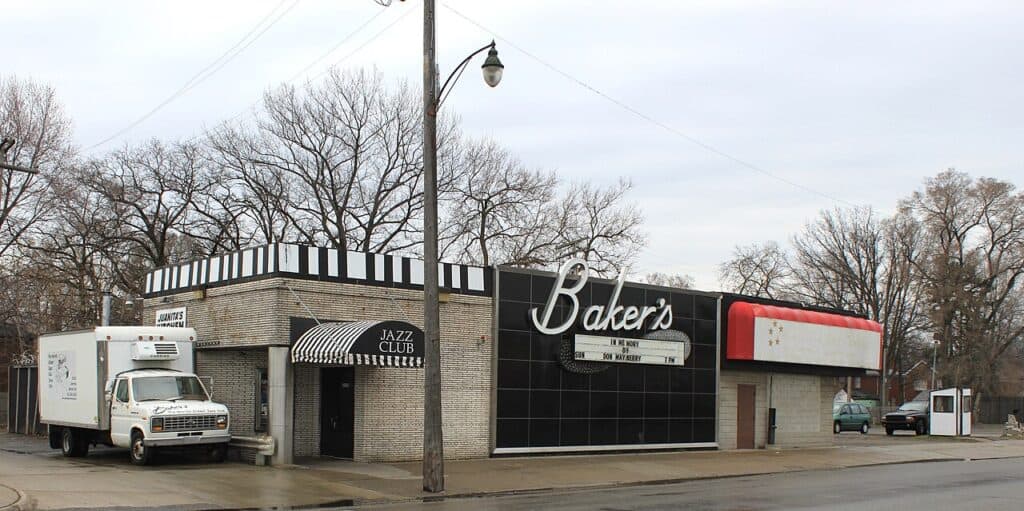
Baker’s claims the title of oldest jazz club in the country, and the room behaves like it. Piano lines float over red booths, photos watch from the walls, and servers slide plates with the kind of timing bands admire. The stage welcomed legends and still makes space for the next names on a Tuesday. Prices stay fair, parking is sane, and the welcome is unhurried. Detroit’s past and present share a small footprint here, and both sound good.
Bronzeville Winery, Chicago
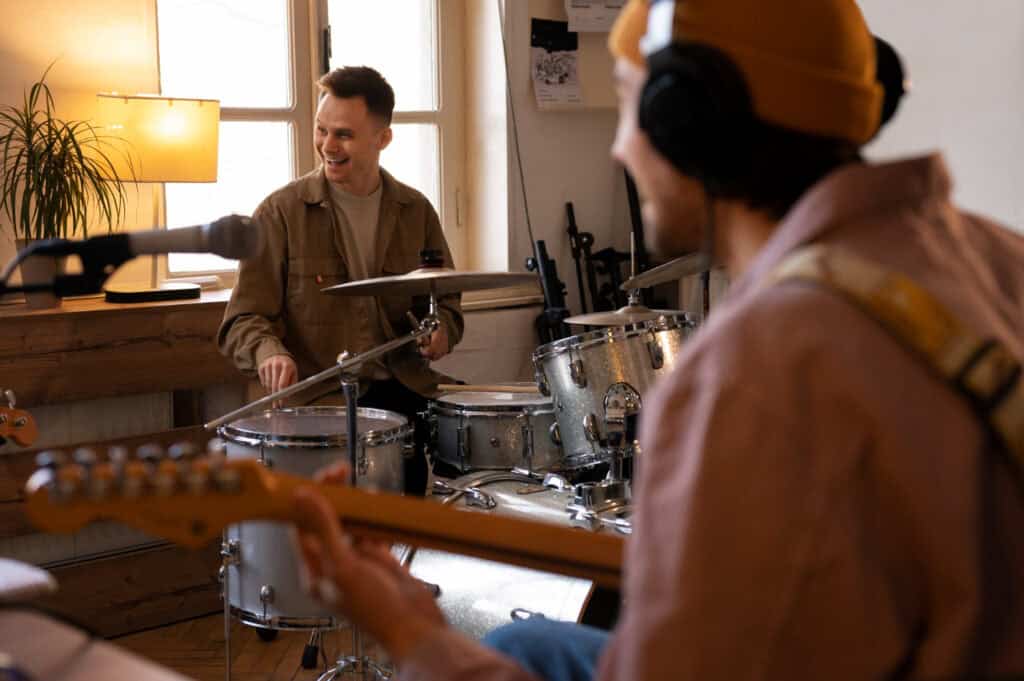
On 47th Street, Bronzeville Winery marries a deep wine list to neighborhood pride, curating bottles and beats with the same care. Live sets lean into Chicago’s lineage without getting stuck in it, and the kitchen sends out plates that feel seasonal, modern, and rooted. Owners champion local artists, pour for first-time sippers, and make room for date nights, birthdays, and quiet solo flights. The result reads like a salon with better lighting and a playlist that understands conversation.
Dooky Chase’s Restaurant, New Orleans
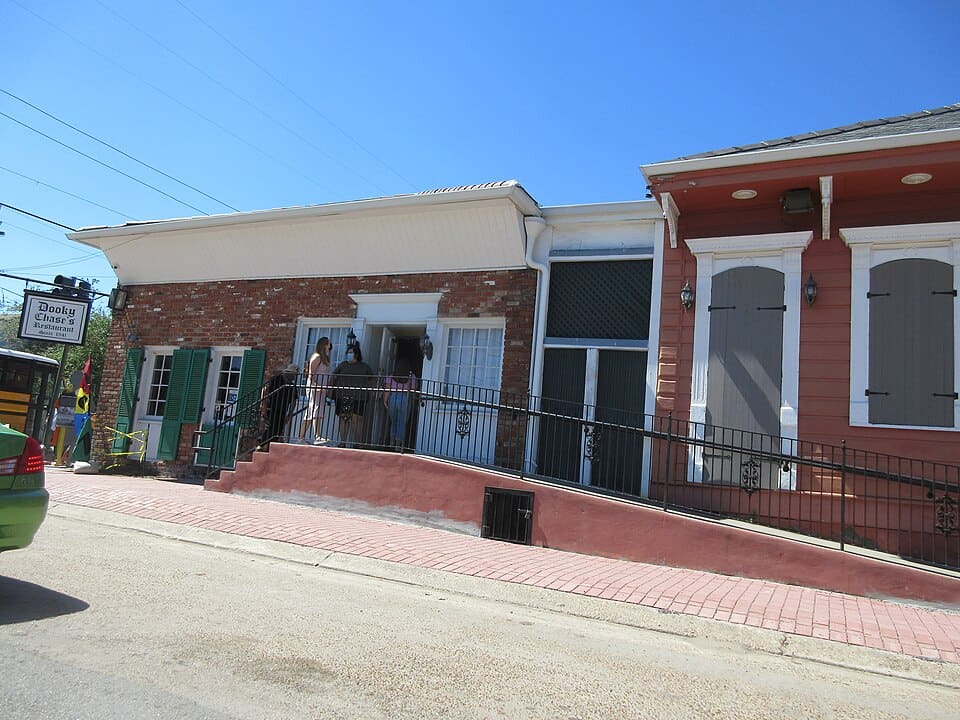
Dooky Chase’s holds court with gumbo, red beans, and art-lined walls that remember the city’s civil rights table talks. Evenings feel ceremonial without stiffness, as families trade stories and servers move with practiced grace. The kitchen keeps standards high while letting seasonal seafood speak for itself. History is not the only flavor, but it seasons everything. In a city of loud rooms, this one manages warmth, dignity, and the steady joy of a place that knows exactly who it is.
The World Stage, Los Angeles
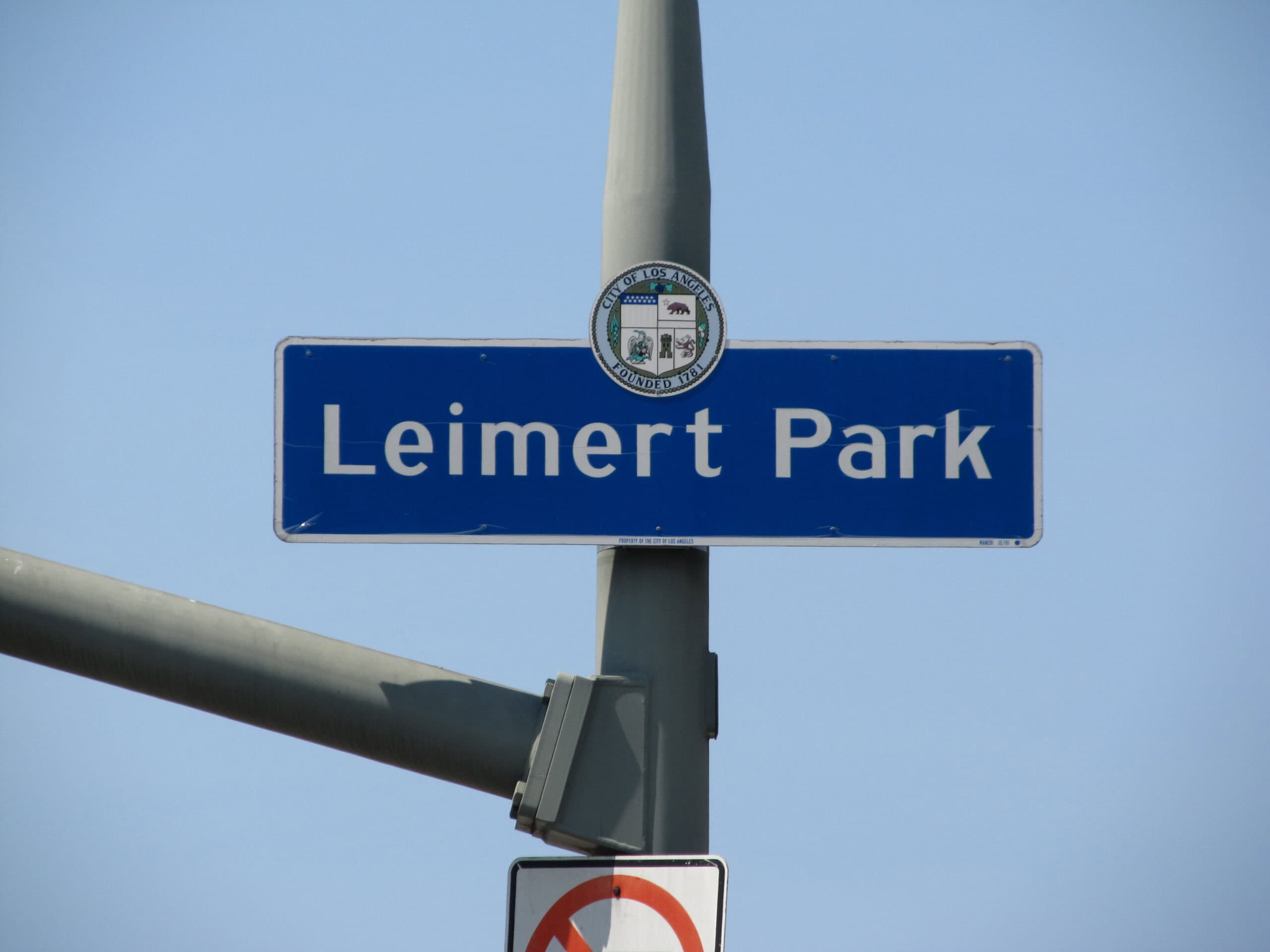
In Leimert Park, The World Stage listens first and teaches second, hosting workshops, readings, and jam sessions that center community. Chairs scrape, drums talk, and a small room turns brave quickly under generous mentors. Tickets stay reasonable, the door stays friendly, and poets share nights with bassists without fuss. Food comes from nearby spots, which suits a venue built on collaboration. The effect feels like a living classroom that also happens to swing hard.
Minton’s Playhouse, Harlem, New York
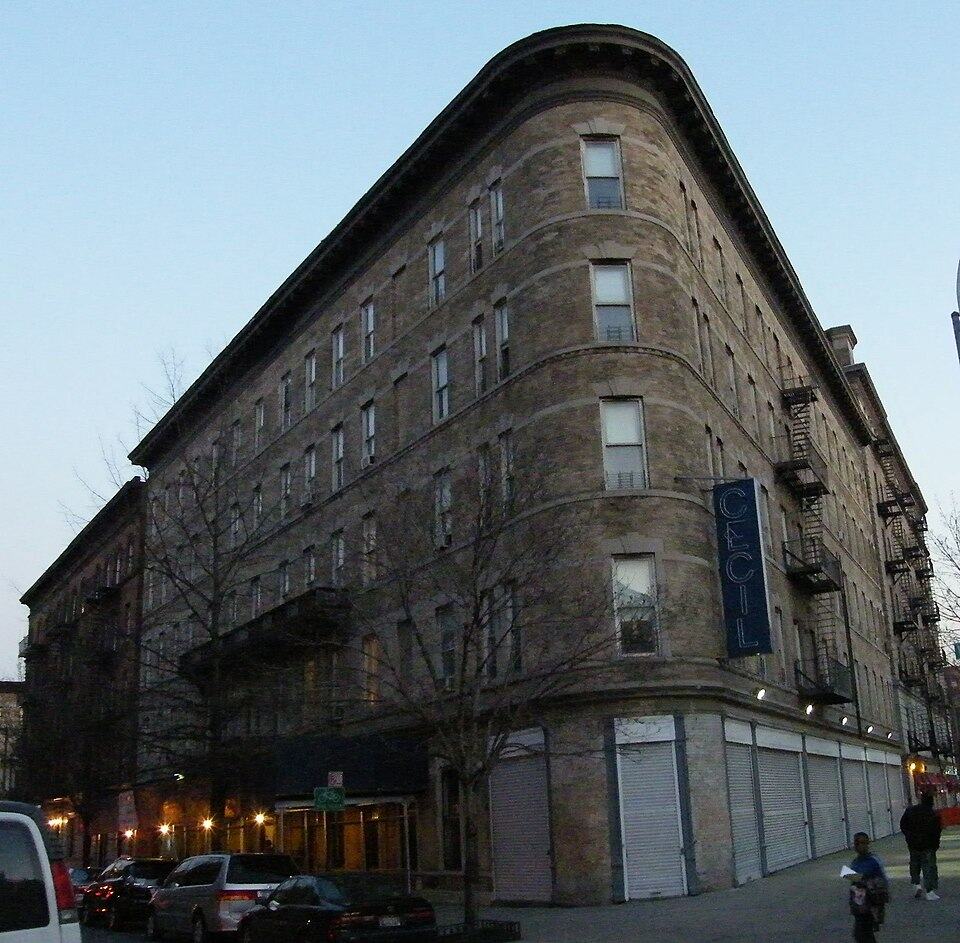
Minton’s is a room where bebop took shape, and the present bandstand treats that fact as compass, not museum label. Sets swing tight, the sound man cares, and the menu reads like a supper club in good hands. Owners steward legacy while hiring players who press forward. The room is intimate without being fussy, which keeps the audience honest. When the rhythm section locks, forks pause, and history feels like a living verb that still conjugates.
Kermit’s Treme Mother-in-Law Lounge, New Orleans
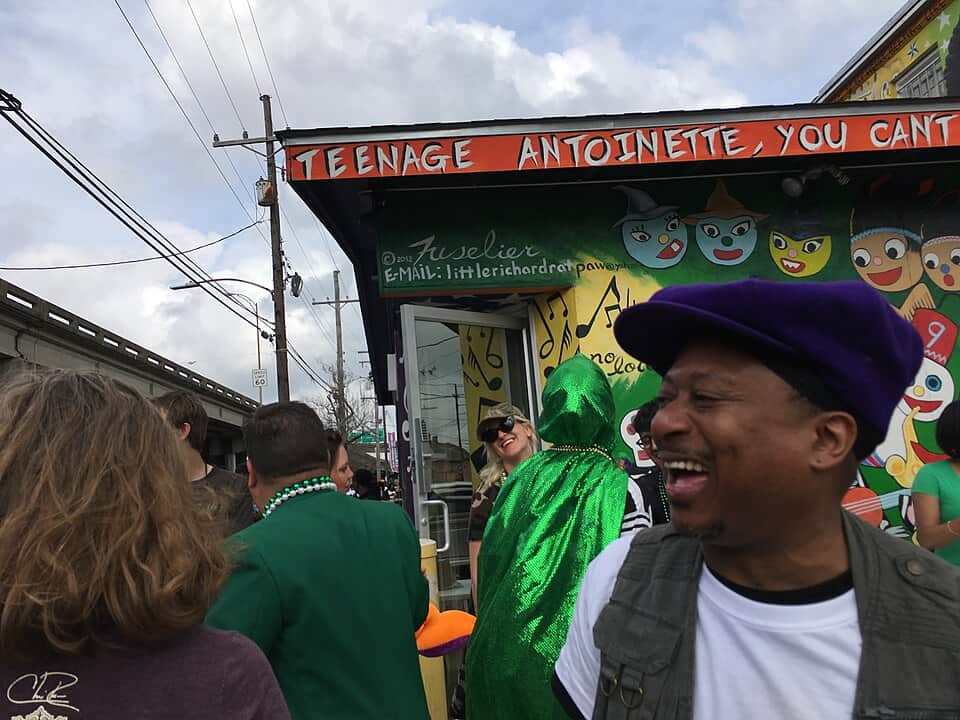
Trumpeter Kermit Ruffins keeps a corner of Treme lively with a lounge that smells of barbecue smoke and brass polish. Nights wander from bounce to trad jazz with the kind of spontaneity only New Orleans can stage. Bartenders call guests by first name on the second visit, and the sidewalk becomes part of the show. The space welcomes neighbors, travelers, and musicians on their way to the next gig. It is a hang, a stage, and a heartbeat with a neon sign.